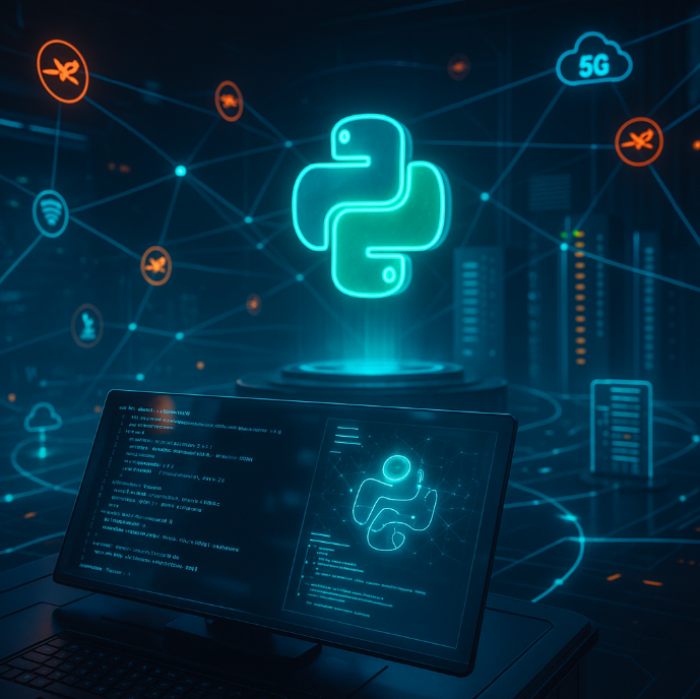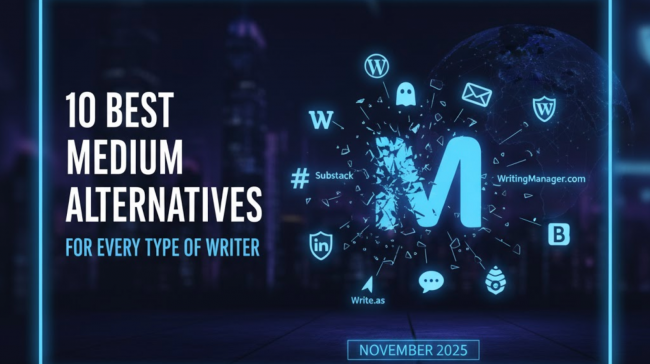Across 2025, tech progress feels compressed. AI co-pilots execute code, 5G-enabled edge nodes analyze sensor feeds in milliseconds, and cloud workloads autoscale in real time. Behind the scenes, Python keeps these moving parts in sync. From TensorFlow to FastAPI, its concise syntax shortens build cycles, while a vast package index turns once-exotic tasks — vector search, quantum simulation, WebGPU calls — into import-ready modules. For product owners, CTOs, and innovation leads, the question is not whether Python is still relevant but how quickly they can hire Python developer expertise that already speaks this lingua franca of modern engineering.

Why Future-Ready Businesses Hire Python Developer Talent for Rapid Innovation
Hiring a single high-caliber Python engineer can tilt the speed equation in your favor. First, Python’s readable style allows an engineer to create proof-of-concepts in hours. A customer-facing GenAI chat feature can surface in a sprint instead of a quarter. Second, the same person can connect Kubernetes APIs, Stripe billing hooks, and Hugging Face models without context switching to new languages. This unity slashes integration overhead by up to 30 % in many 2025 DevOps dashboards.
Third, Python’s scientific stack (NumPy, Polars, and PyTorch) lets the developer shift from analytics notebooks to production jobs with minor refactors. Limeup clients report sprint durations dropping from 14 days to 9 days after they hire Python developer capacity for critical spikes. IoT players echo similar gains:Python scripts now deploy on MicroPython boards at the edge, pushing firmware updates that unlock revenue-tracking telemetry overnight. The metric that matters—time-to-first-value—shifts from months to weeks.
2025 Use-Cases Driving Companies to Hire Python Programmers at Scale
Scale enters when prototypes succeed. Three forces dominate:
LLM fine-tuning at speed. Teams refine local copies of large models using Low-Rank Adaptation plus quantization. Python libraries such as bitsandbytes and peft handle tensor surgery, while Ray orchestrates multi-GPU clusters.
Real-time analytics on columnar data. Polars and DataFusion empower sub-second dashboards. Their Rust cores expose Python bindings, so analysts and backend engineers share the same code snippets.
WebGPU scripting for client-side AI. New runtimes like Pyodide+WASM push Python into browsers, enabling on-device inferencing that respects privacy mandates.
These trends create pods of specialists: one team handles micro-services, another owns the MLOps pipeline, and a third optimizes user-personalization layers. Release cadences shift to weekly because each squad delivers isolated pull requests that CI merges into feature flags. Firms hire python programmers in clusters of three to five so knowledge overlaps; vacations no longer stall deployments. Limeup’s research shows organizations that expanded Python headcount by 40 % in 2024 doubled feature throughput without doubling cloud spend, thanks to shared libraries and container reuse.
How to Hire Python Experts Who Future-Proof Your Tech Stack
Sourcing matters as much as coding. Screening should probe fluency in interoperating with emerging tools: Rust FFI, WASM modules, and early quantum SDKs such as Qiskit Metal. Ask finalists to review an open pull request that links a Rust micro-service to a FastAPI gateway. Their commentary reveals seniority faster than whiteboard puzzles. Evaluate GitHub profiles for continuous contributions — not star counts — across popular repos. To keep velocity high, structure squads with one senior architect, two mid-level implementers, and a data scientist who owns metrics.
Decide early whether vendor augmentation or direct employment fits the roadmap. Vendor talent may solve a three-month spike; retaining core maintainers in-house protects continuity as Python versions march from 3.12 to 3.14. Geographic pools now stretch beyond North America: Eastern Europe offers seasoned devs working GMT+2 hours, easing collaboration with both APAC and U.S. hubs. Retention hinges on growth pathways; allocate 20 % weekly time for package upgrades or conference talks. Companies that follow these steps rarely need to hire python experts reactively; instead, their benches evolve in step with the language.
External Perspectives on Tech Pace
While many worry that innovation has slowed since 2020 (Quora discussion), Python’s expanding footprint tells another story. It’s less about “slowing down” and more about shifting where progress happens — from raw hardware leaps to software layers that connect AI, edge, and cloud.
Even creative ecosystems reflect this. Tools like Sketchfab democratize 3D model sharing, and Python APIs power the pipelines that get those models into AR/VR workflows.
Conclusion
Python is not just surviving — it’s accelerating innovation. Businesses that invest in hiring Python talent today secure:
- Faster release cadences (weeks, not months)
- Lower integration overheads
- Flexible architectures that adapt as frameworks evolve
- A workforce already fluent in the lingua franca of modern engineering
Limeup’s playbook shows that when developers, programmers, and data experts align around Python, products iterate faster, costs stay predictable, and competitive gaps widen.
Verdict: Hiring Python experts in 2025 isn’t optional — it’s how businesses future-proof their roadmaps.
Post Comment
Be the first to post comment!





